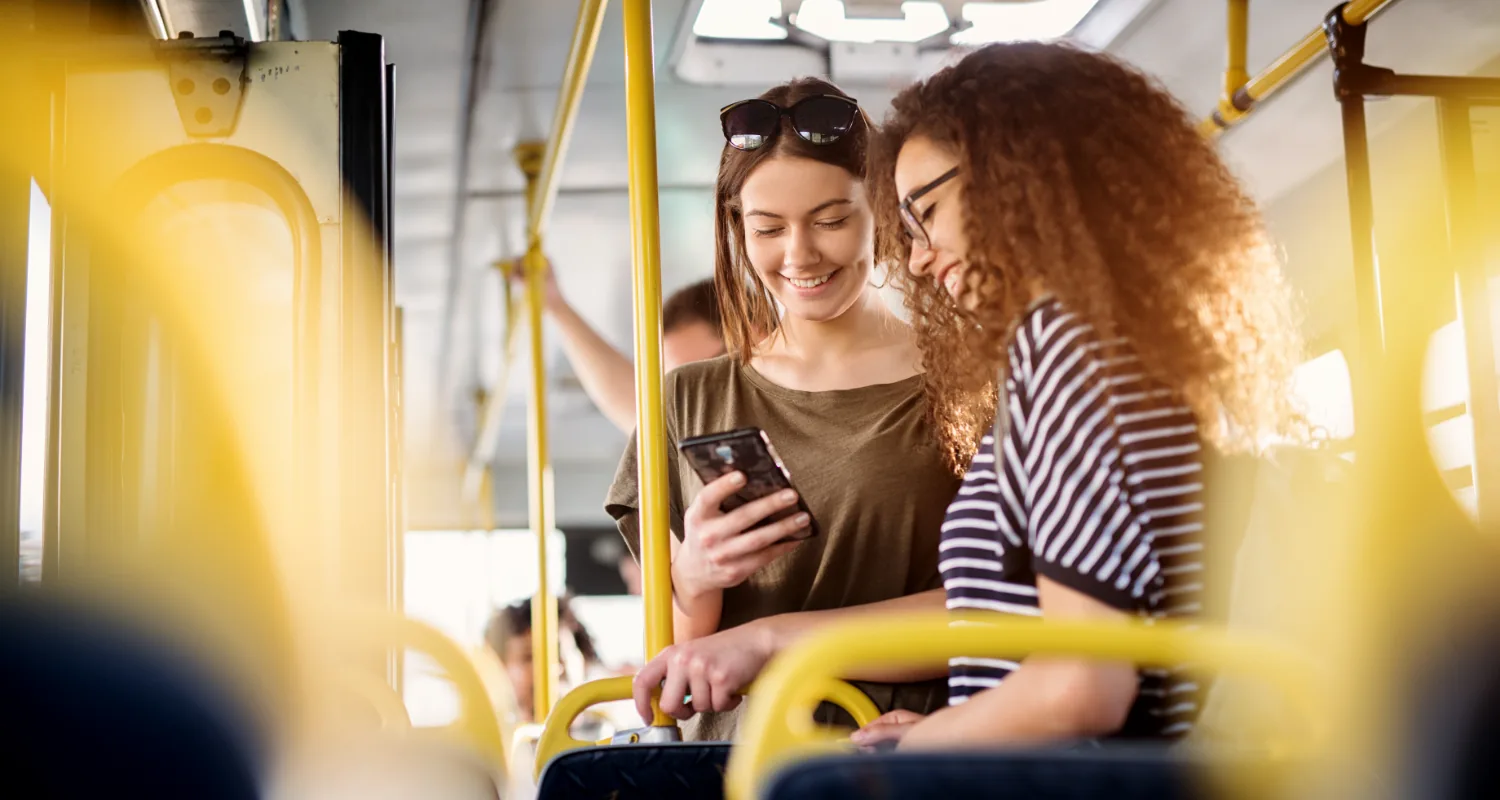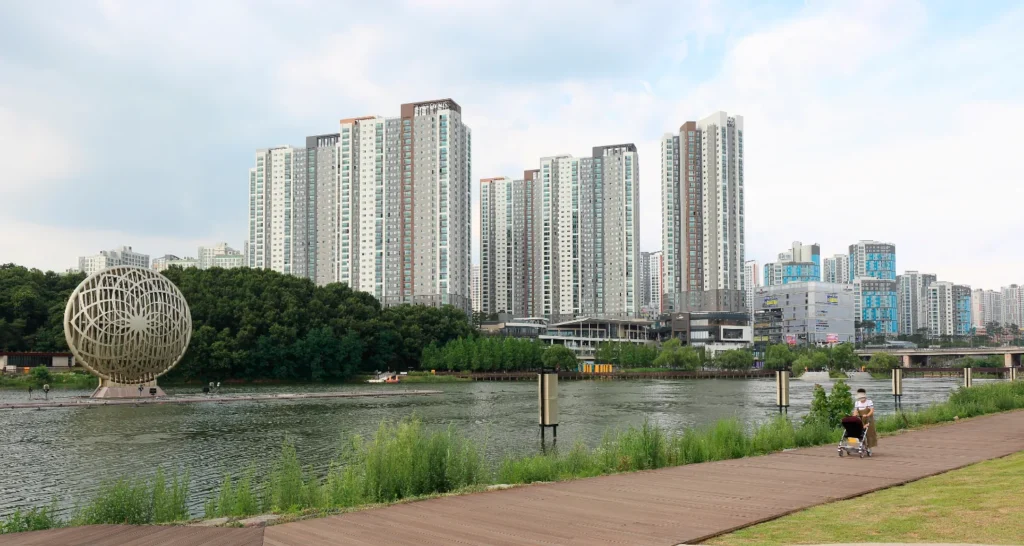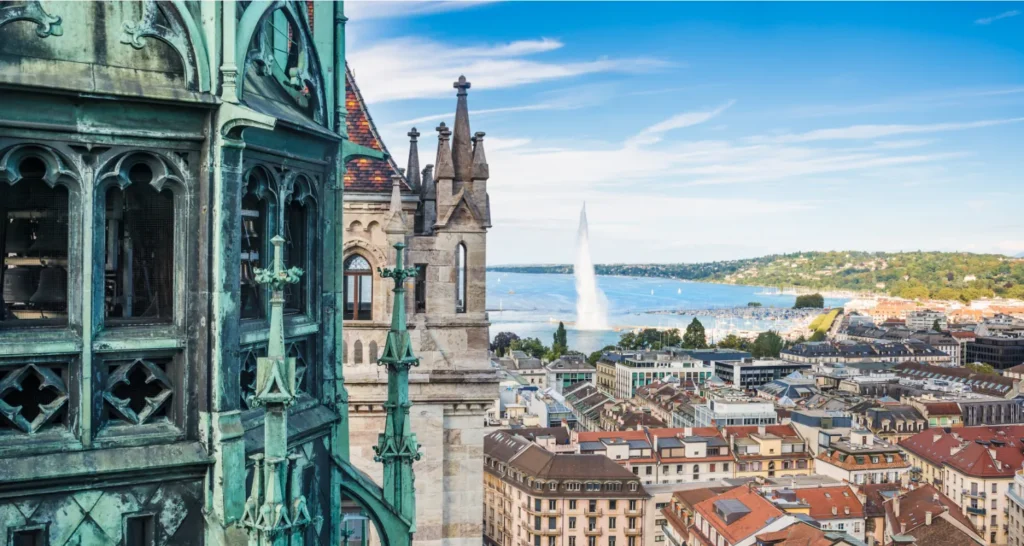Finding routes to navigate from one part to another in the city, is an activity that most citizens intuitively undertake, in everyday life. Current technology offers the option to navigate a city through, the best conceivable route between two places — i.e. the shortest, fastest, or the one with maximum tourist attractions.

Information and communication technologies (ICTs) together with sensor networks, in particular, contribute to improved efficiency in both passenger and freight transport as well as a potential decrease in overall transportation. An intelligent transportation system (ITS) , which involves the application of cutting-edge and emerging technologies (sensors, computers, communications, control, and electronic gadgets) in transportation to save time, money, lives, environment, and energy. Most of the applications rely on sensors and sensor networks. In the area of intelligent infrastructure sensors in pavements are utilized for road traffic monitoring systems in order to measure the fluidity and intensity of traffic (vehicle count sensors) and to offer information for traffic lights that are controlled.
Automatization trends
Today, there are smartphone apps that offer drivers with traffic details in real-time and various other apps that use communication between vehicles and traffic infrastructure that increase road efficiency and safety.
Smart routes create routes for smart city citizens and communities. An example of a smart route application is SmartHopper, which is a distributed routing application that incorporates data gathered by citizens, using various sensors, and capitalizes on gathered sensor information to show data distribution and scale on a map. The collected data is used to find the best routes between 2 points within a smart city. SmartHopper makes use of public transport, cars, and bike-sharing as modes of transport to route citizens.
Smart traffic management enables car drivers to experience fewer traffic jams, and real-time data show which areas are hectic. Smart routes monitor vehicles and pedestrian levels to optimize walking and driving routes.
Digitalization is clearly not a new phenomenon. The Internet and digital technology, data transfer through smartphone apps indicate that mobile society finds itself in the middle of a transition. We have been accustomed to “thinking” software monitoring, controlling and managing intricate processes automatically and assisting us to make decisions through intelligently linking data. This is true for transport and traffic. Therefore, IT and automation are among the vital technical needs for viable infrastructure solutions in future smart cities
The modern transport management systems connect to roads and rail, while networked information systems inform passengers about efficient travel paths, and driverless subway trains can adapt to passenger volume.
In my mind, there is no doubt that both automation and digitalization increase the availability of urban mobility, increase the capacity of transport modes, and bring about a fresh passenger experience.
Some actual problems
Mobility supports everything us as individuals do; as communities; as national and international economies. However, mobility is commonly cited as one of the most perverse and common challenges cities face across the world. With an increase in urban populations, existing and developing cities face the problem of fulfilling the growing demands for effective mobility in the restricted physical infrastructure volume. The influence of both population growth, changes in demography and the changing urban form result in increased demand for transportation in city suburbs, centers and between the two. Also, the demand for improved intercity mobility is growing. As demand increases, so are concerns regarding transportation as a leading contributor to global congestion, greenhouse gas emissions, noise and poor air quality in cities.
Some city governments have come up with groups and roles that work in conjunction with start-ups and citizens in developing services. The development and implementation of efficient smart city governance depend on vibrant leadership from the government. Leadership requires an intricate understanding of reading the digital infrastructure value, the proper technical stipulations, and the principles of all-inclusive system design. Leading cities are appointing Chief Information Officers and Chief Technology Officers to possess and manage the city’s reaction across every sector, to forge partnerships and even to enable the government to be receptive to technology change in the city.
Criticism & Controversies
One of the main challenges associated with urban sustainability entails maintaining economic vitality while at the same decreasing resource use. While most developing cities react to swelling peak travel demand by building fresh physical infrastructure (rails, roads, bike paths, etc.), they are not the whole solution.













